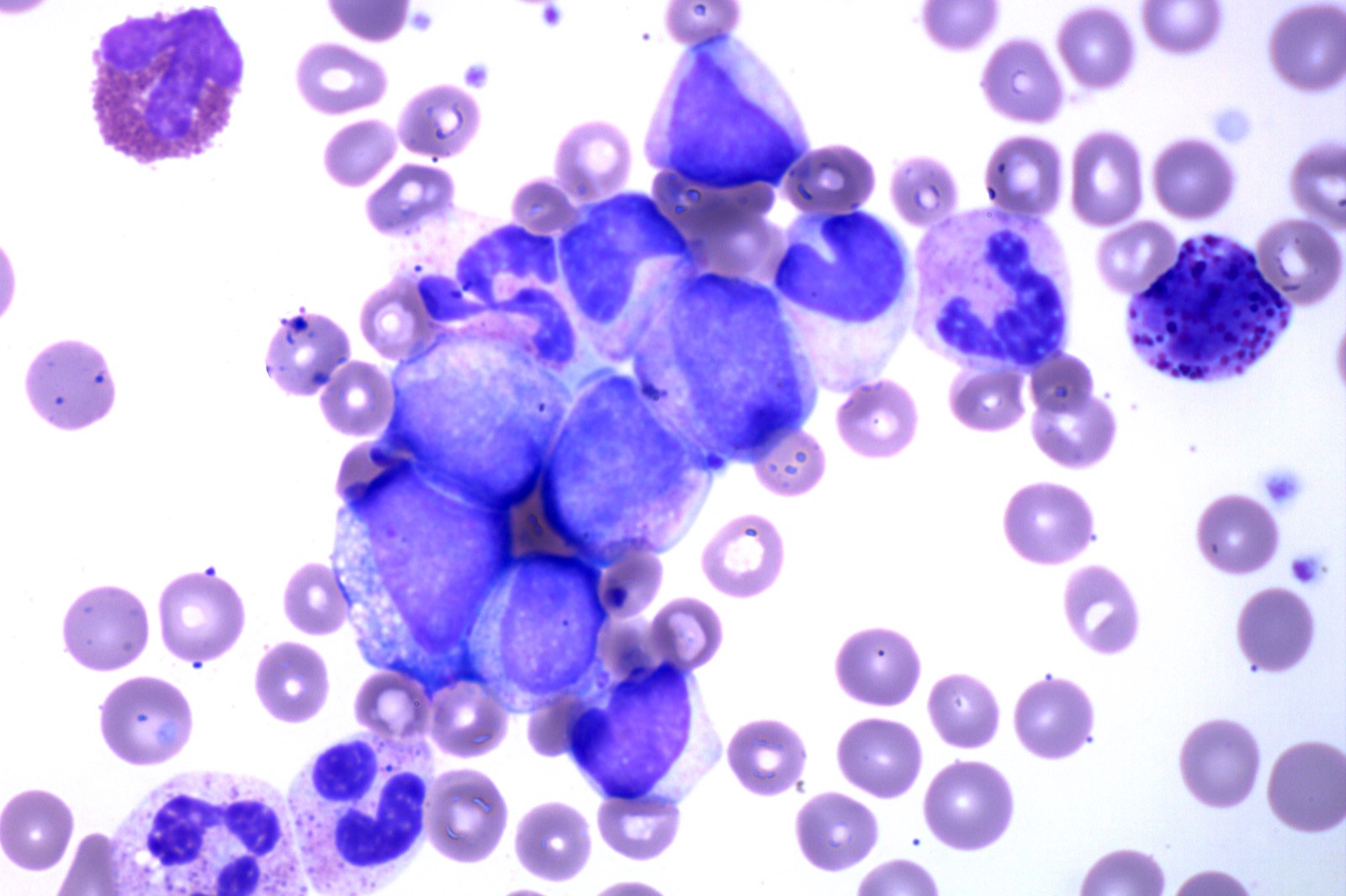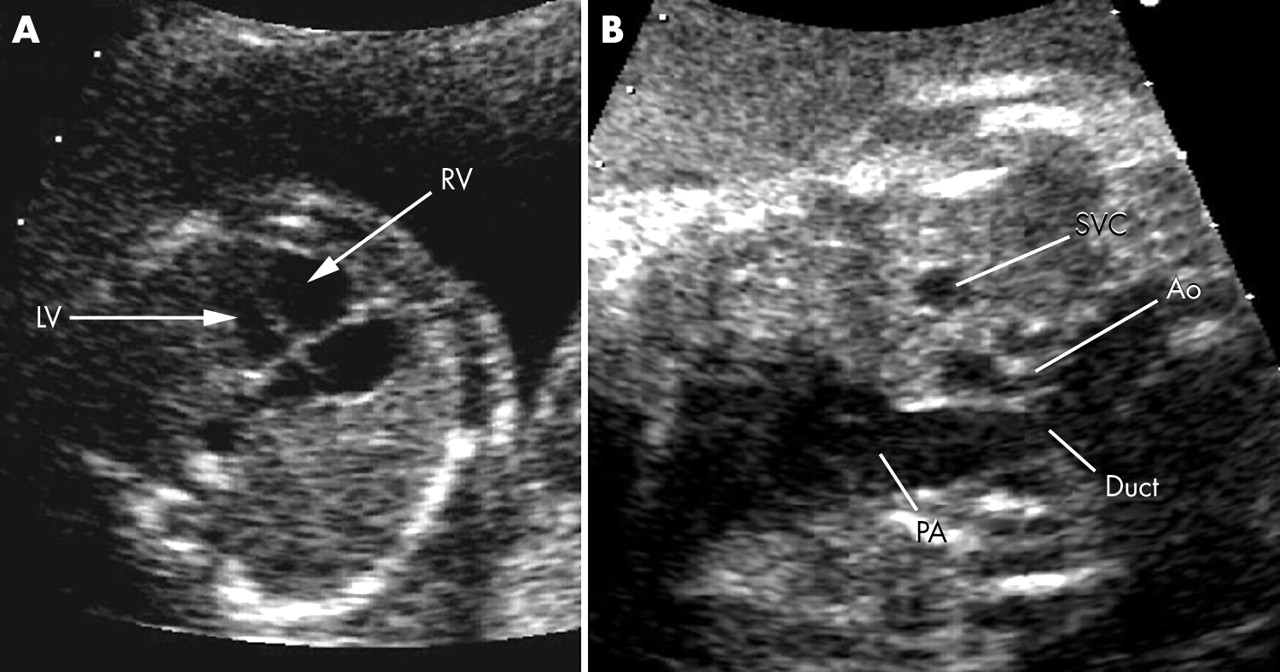
What is Chronic Myelogenous Leukemia (CML)? Chronic Myelogenous Leukemia (CML) is a type of cancer that starts in the blood-forming cells of the bone marrow. It leads to an overproduction of white blood cells. This disease mainly affects adults, with a median diagnosis age of 66 years. Symptoms often include fatigue, weight loss, and an enlarged spleen. CML is marked by the presence of the Philadelphia chromosome, a genetic abnormality. Treatment has advanced significantly with the development of tyrosine kinase inhibitors (TKIs), which target the abnormal proteins driving the disease. Early diagnosis and proper management can greatly improve the quality of life for those affected.
Key Takeaways:
- Chronic Myelogenous Leukemia (CML) is a type of cancer that affects the white blood cells and bone marrow, and it can be diagnosed through blood tests and bone marrow biopsies. Treatment options include medications and stem cell transplantation.
- With advancements in treatment, the prognosis for CML patients has improved, and managing the disease involves regular monitoring, medication adherence, and lifestyle adjustments. Public awareness and ongoing research are essential for improving treatment options and potentially finding a cure.
What is Chronic Myelogenous Leukemia?
Chronic Myelogenous Leukemia (CML) is a type of cancer that affects the white blood cells and bone marrow. It leads to an uncontrolled increase in white blood cells, specifically granulocytes. Here are some key facts about CML:
- Definition: CML is a malignancy of the white cells of the bone marrow and blood, leading to an uncontrolled increase in white blood cells.
- Incidence: CML accounts for about 20% of all leukemias affecting adults.
- Age Distribution: CML typically affects middle-aged individuals and rarely adolescents or children. The median age at diagnosis is around 66 years.
- Gender Distribution: CML is more common in men than women. The rate of new cases among men is 2.5 per 100,000, while among women it is 1.5 per 100,000.
- Ethnic Distribution: The incidence of CML varies by ethnicity. For example, the rate among Hispanic men is 2.0 per 100,000, while among Non-Hispanic Asian/Pacific Islander men it is 1.6 per 100,000.
Symptoms and Diagnosis of CML
CML often presents with non-specific symptoms, making early diagnosis challenging. Understanding these symptoms and diagnostic methods is crucial.
- Symptoms: CML often presents with non-specific symptoms such as tiredness, lethargy, shortness of breath due to anemia, fevers, night sweats, and loss of weight. The spleen can become enlarged, causing fullness or discomfort in the abdomen.
- Pathophysiology: CML is characterized by the presence of the Philadelphia chromosome, which results from a translocation between chromosomes 9 and 22 (t(9;22)(q34;q11.2). This translocation leads to the formation of the BCR-ABL1 fusion gene, which promotes the proliferation of granulocytes.
- Risk Factors: The predisposing risk factors for CML are unknown, although there is an increased incidence among atomic bomb survivors.
- Diagnosis: CML is diagnosed through a combination of blood tests and bone marrow biopsies. The presence of the Philadelphia chromosome is confirmed by molecular tests.
- Stages of CML: The disease can progress through three phases: chronic phase, accelerated phase, and blast phase. The chronic phase is characterized by a relatively slow progression, while the accelerated and blast phases are more aggressive.
Phases of CML
CML progresses through different phases, each with distinct characteristics and treatment approaches.
- Chronic Phase: In the chronic phase, the disease is often easily controlled with simple medications like hydroxyurea.
- Accelerated Phase: The accelerated phase is more difficult to control and requires more aggressive treatment. During this phase, the disease progresses rapidly, and the risk of transformation to the blast phase increases.
- Blast Phase: The blast phase is the most aggressive form of CML, resembling acute leukemia. It is characterized by an increase in blast cells in the blood and bone marrow, making it challenging to control.
Treatment Options for CML
Treatment for CML has evolved significantly, especially with the introduction of tyrosine kinase inhibitors (TKIs). Here are the main treatment options:
- Treatment Options: The treatment for CML has evolved significantly with the introduction of tyrosine kinase inhibitors (TKIs). These drugs, such as imatinib (Glivec), nilotinib (Tasigna), and dasatinib (Sprycel), inhibit the BCR-ABL1 kinase, which is responsible for the proliferation of CML cells.
- TKIs: TKIs are small molecule biological drugs that are taken orally and are generally well-tolerated. They are the cornerstone of CML treatment and have significantly improved the prognosis for patients.
- Hydroxyurea: Hydroxyurea is a chemotherapy tablet used in the initial treatment of CML. It helps control the white blood cell count but is not as effective as TKIs in the long term.
- Interferon Therapy: Interferon therapy was once used for CML but is now less common due to the availability of more effective TKIs. It works by modulating the immune response and can help control the disease in some patients.
- Chemotherapy: Chemotherapy is not typically used as a first-line treatment for CML but may be considered in certain situations, such as during the blast phase or when TKIs are not effective.
- Radiation Therapy: Radiation therapy is not a standard treatment for CML and is usually reserved for specific situations, such as preparing the bone marrow for a stem cell transplant.
- Surgery: Surgery is not a primary treatment for CML but may be necessary in some cases, such as to remove an enlarged spleen.
- Stem Cell Transplant: Stem cell transplantation is a potential cure for CML but is typically reserved for patients who do not respond to TKIs or have advanced disease. It involves replacing the bone marrow with healthy stem cells.
Prognosis and Lifestyle Management
With advancements in treatment, the prognosis for CML patients has improved. Managing the disease involves regular monitoring and lifestyle adjustments.
- Prognosis: The prognosis for CML patients has significantly improved with the advent of TKIs. Most patients can live a normal life with proper management, although lifelong medication is often required.
- Lifestyle Management: Patients with CML need to manage their condition through regular blood tests and medication adherence. Lifestyle modifications such as maintaining a healthy diet and staying active can also help manage symptoms.
- Interprofessional Team: Effective management of CML requires an interprofessional team including hematologists, oncologists, nurses, and other healthcare professionals. Collaboration and communication among team members are crucial for enhancing care delivery.
- Public Awareness: Public awareness about CML is essential for early diagnosis and treatment. Organizations like the Leukaemia Foundation of Australia provide educational resources and support for patients and their families.
Research and Future Directions
Ongoing research aims to improve treatment options and potentially find a cure for CML. Here are some key points about current research and future directions:
- Research and Development: Ongoing research into CML aims to improve treatment options and potentially find a cure. Studies on the molecular mechanisms of CML continue to advance our understanding of the disease.
- Genetic Testing: Genetic testing can help diagnose CML by detecting the Philadelphia chromosome. Molecular tests like PCR (polymerase chain reaction) are used to confirm the presence of the BCR-ABL1 fusion gene.
- Bone Marrow Biopsy: A bone marrow biopsy is a diagnostic procedure where a sample of bone marrow is removed from the back or hip under local anesthesia and light sedation. It helps confirm the diagnosis of CML by examining the bone marrow cells.
- Blood Tests: Blood tests are essential for monitoring CML. They help track the white blood cell count, platelet count, and other parameters to assess disease progression and response to treatment.
- Splenomegaly: Enlargement of the spleen (splenomegaly) is a common symptom in CML patients. It can cause abdominal discomfort and fullness, which may require splenectomy in some cases.
- Anemia: Anemia is a frequent complication of CML due to the increased destruction of red blood cells. It leads to symptoms like fatigue, shortness of breath, and pale skin.
- Infection Risk: Patients with CML are at a higher risk of infections due to the abnormal white blood cell count. Regular monitoring and prophylactic measures can help manage this risk.
- Cancer Statistics: According to the American Cancer Society, about 9,280 new cases of CML will be diagnosed in the United States in 2024, with approximately 1,280 deaths.
- Lifetime Risk: The lifetime risk of developing CML is about 1 in 526 in the United States.
- Age at Diagnosis: The average age at diagnosis of CML is around 64 years, with almost half of cases diagnosed in people aged 65 and older.
- Ethnic Variations: The incidence of CML varies by ethnicity, with higher rates among Non-Hispanic White men compared to Hispanic men.
- Death Rate: Death rates from CML are higher among older adults, with the highest percentage of deaths occurring among those aged 75–84 years.
- Median Age at Death: The median age at death from CML is approximately 77 years.
- Treatment Efficacy: TKIs have significantly improved the efficacy of CML treatment, allowing most patients to live a normal life with proper management.
- Side Effects of TKIs: While TKIs are generally well-tolerated, they can cause side effects such as muscle cramps, diarrhea, and rash. Regular monitoring is necessary to manage these side effects.
- Resistance to TKIs: Some patients may develop resistance to TKIs over time. In such cases, alternative treatments like second-generation TKIs or stem cell transplantation may be considered.
- Clinical Trials: Ongoing clinical trials aim to improve treatment options for CML patients. These trials often investigate new TKIs or combination therapies.
- Patient Support: Organizations like the Leukaemia Foundation provide support and resources for CML patients, including educational materials, counseling services, and financial assistance.
- Interferon-Free Regimens: The use of interferon-free regimens has become more common in CML treatment, focusing on the use of TKIs as the primary therapy.
- Blast Crisis Management: Managing blast crisis in CML requires aggressive treatment, often involving chemotherapy and stem cell transplantation. The goal is to achieve remission and improve survival rates.
- Second-Line Therapies: Second-line therapies for CML include alternative TKIs or chemotherapy. These are used when first-line treatments fail to control the disease.
- Stem Cell Transplantation Outcomes: Stem cell transplantation can be curative for CML but carries significant risks. Outcomes depend on various factors including the patient's age and health status.
- Cancer Research Funding: Funding for cancer research is crucial for advancing our understanding of CML and developing new treatments. Organizations like the National Cancer Institute support research initiatives.
- Public Education Campaigns: Public education campaigns about CML can help raise awareness and encourage early diagnosis. These campaigns often involve partnerships between healthcare organizations and patient advocacy groups.
- Future Directions in CML Research: Future research in CML aims to identify new molecular targets, develop more effective treatments, and potentially find a cure. Advances in precision medicine and immunotherapy hold promise for improving patient outcomes.
Understanding CML: A Lifesaver
Chronic Myelogenous Leukemia (CML) is a complex disease, but knowing the facts can make a huge difference. From its symptoms like tiredness and night sweats to the Philadelphia chromosome that drives it, understanding CML helps in early diagnosis and effective treatment. Tyrosine kinase inhibitors (TKIs) have revolutionized treatment, allowing many to lead normal lives. Regular blood tests and bone marrow biopsies are crucial for monitoring. Stem cell transplants offer hope for those who don't respond to TKIs. Awareness and public education are key in fighting this disease. With ongoing research and better treatments, the future looks brighter for CML patients. Stay informed, get regular check-ups, and support those affected. Knowledge truly is power when it comes to battling CML.
Frequently Asked Questions
Was this page helpful?
Our commitment to delivering trustworthy and engaging content is at the heart of what we do. Each fact on our site is contributed by real users like you, bringing a wealth of diverse insights and information. To ensure the highest standards of accuracy and reliability, our dedicated editors meticulously review each submission. This process guarantees that the facts we share are not only fascinating but also credible. Trust in our commitment to quality and authenticity as you explore and learn with us.


